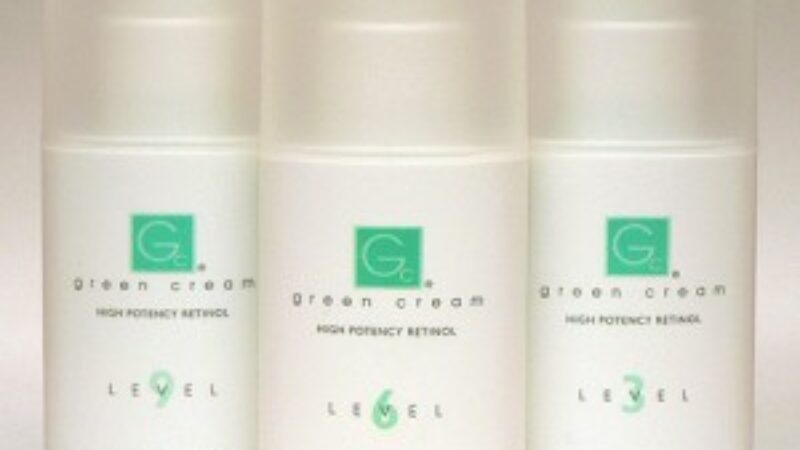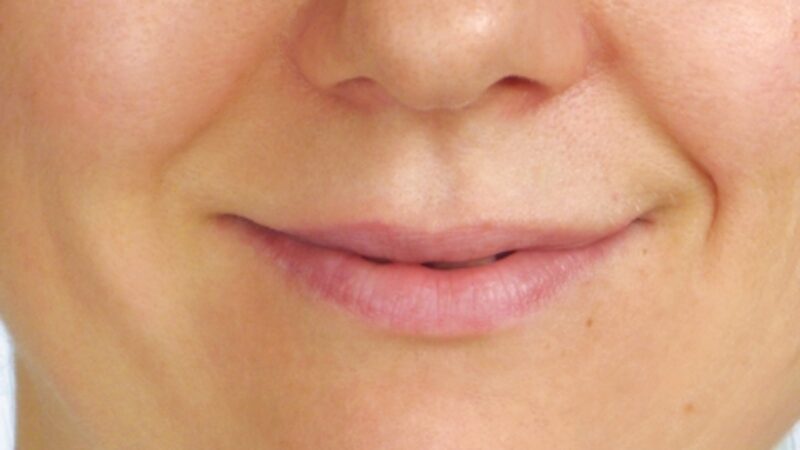 I wrote about stretch marks in an earlier post, but because they cause so much grief amongst both women and men, this is one skin condition that i felt worth revisiting. If you have stretch marks, then take some comfort. Nearly 70% of women have them, with it being more likely if they’ve produced a bundle of joy. And men don’t escape either. Statistics show that as many as 40% are scarred.
I wrote about stretch marks in an earlier post, but because they cause so much grief amongst both women and men, this is one skin condition that i felt worth revisiting. If you have stretch marks, then take some comfort. Nearly 70% of women have them, with it being more likely if they’ve produced a bundle of joy. And men don’t escape either. Statistics show that as many as 40% are scarred.
What Causes Stretch Marks?
Appearing as off-colored marks that can be pink, red or purple, stretch marks are not caused just by skin stretching. They may appear on any part of the body, but are common in areas such as the breasts, thighs, abdomen, upper arms and buttocks. Stretch marks are associated with rapid stretching as found in:
- Rapid growth (puberty for example)
- Pregnancy
- Weight gain
- Body building
While stretching of the skin does contribute to a stretch mark, it’s not the only contributing factor. Release of the hormone cortisol, which is often elevated during the instances above, affects the skin by preventing skin cells (fibroblasts) from forming collagen and elastin fibers that are necessary to help keep rapidly growing skin taut. The lack of a supporting structure formed by these two components leads to skin stretching and tearing of the dermis and epidermis. It’s thought that genetics, diet and possibly exercise may also play a role in the development of stretch marks.
Stretch marks can cause a lot of anxiety, but they aren’t serious unless associated with a medical condition (in which case have your doctor rule one out). They tend to fade over time without treatment.
Stretch Mark Treatments
While you may never be able to completely eradicate stretch marks, you can help to minimize their appearance. Beware of creams, lotions and other potions that claim to prevent the development of stretch marks as there aren’t any scientifically proven therapies available. Maintaining a healthy weight can go a long way to minimizing your chances of developing stretch marks. And, following the rules to maintaining great skin (link) may help to minimize your chances as well.
If despite your best efforts, you find yourself with stretch marks, (remember you’ll be in good company) here are some treatments to consider. Keep in mind that a combination approach (using treatments that contain Vitamin C, a retinoid like Green Cream and/or alpha hydroxy acid. Never use a retinoid and an alpha hydroxy acid together – alternate use as the combination is too irritating:
- Tretinoin cream or retinol– Research shows that tretinoin cream (prescription only Retin-A, Renova) can help to improve the appearance of stretch marks less than six weeks old and still pink or red in color. It works by boosting collagen production, making the stretch mark resemble normal skin. Retinol, as found in Green Cream is an excellent non-prescription alternative. Tretinoin and retinol should never be used during pregnancy or when breastfeeding as they have serious side effects in developing babies.
- Vitamin C – This ingredient has multiple benefits. It not only boosts collagen production but can also help to brighten skin tone and minimize the appearance of scars. Consider products such as Dermatix C, UltimaSkin Potent C or La Roche Posay Active C
- Microdermabrasion. Microdermabrasion involves a hand held device that blows crystals which gently ‘polish’ the skin’s surface leading to brighter skin. It may stimulate collagen production and encourage new skin growth leading to new, healthier skin fibers. While you can have treatments performed by a trained person, at home kits such as Neostrata Microdermabrasion At Home System are available and cost much less. Older stretch marks may respond to this treatment
- Laser therapy – A number of different laser therapies are available to help diminish the appearance of stretch marks. Check with a trained professional to see if this option might be suitable for you.
There is some research to suggest that Centella asiatica (also known as gotu kola, madecassoside) combined with Vitamin E (alpha tocopherol) and collagen-elastin hydrolysates may help to prevent the formation of stretch marks, but more research is needed before giving it a firm thumbs up. However, if you are interested in exploring this option you may want to consider La Roche Posay’s Cicaplast, which can help to speed skin’s healing process post surgical procedures.
New research is being conducted all the time and while we now have a number of treatment options, you can be certain that others will be added as time goes by.




It is totally stunning to see that nearly 70% of women have them. I thought the percentage were a lot lower. Also i didn’t know men had these problems aswell.
It is sad that they may be never thoroughly healed, even though there are many ways to treat them.
I hope that the research about “centella asiatica” brings positive results. With them the 70% of the women and 40% of the men could get their amount of stretch marks to a minimum.
Exceptional post but I was wondering if you could write a litte more on this subject?
I’d be very grateful if you could elaborate a little bit further. Kudos!